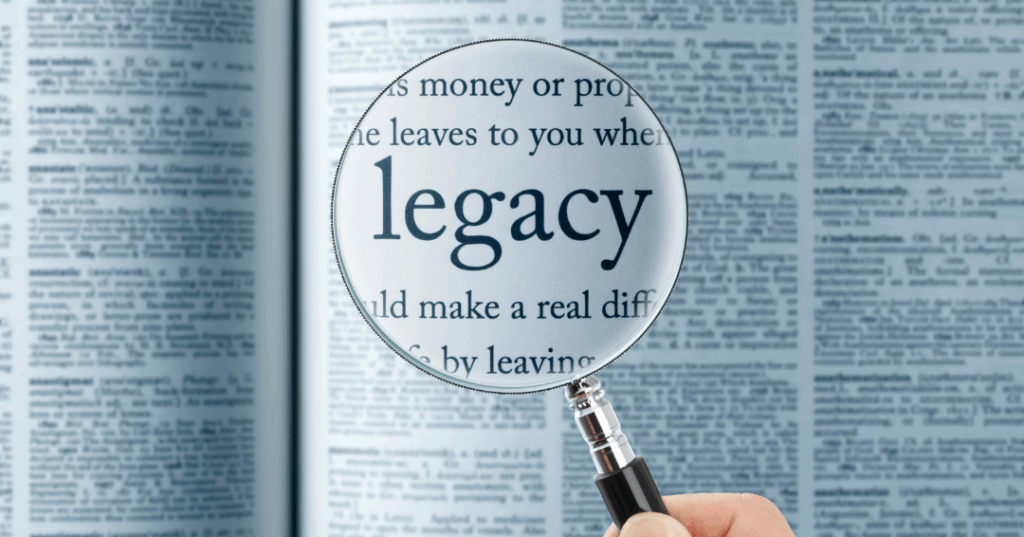They say the two occasions where one gets to meet everyone in our family network are weddings and funerals. When I was younger, it seemed like every year we will all congregate at some wedding banquet and catch up with relatives and guess who is next to walk down the aisle. Those were happy celebratory moments.
As a sign of the times, and how rapidly our generation is aging, these days I am more likely to meet relatives at a funeral wake. The topic of conversation often relates to what next for the family members and this is where it dawned on me that as much as we prepare for the welcome home of a new-born baby, we often neglect the preparation for our eventual demise.
This was particularly pertinent when the caregiver passes on before the one who is being cared for. We all assume that as caregivers we will outlive our loved us, unfortunately Life is not always so predictable and throws us curve balls.
This is not the most comforting topic to talk about, but it is a practical reality for every caregiver to plan for especially if your loved one has special needs. As I was doing my research, it became evident that death and estate planning can be a complex tedious affair if we do not prepare for it.
Supporting our loved ones financially after we are gone
Funeral wakes are busy times for the immediate family, it invokes a conundrum of emotions, stress and fatigue. I am particularly concern about the caregiver for whom the loved one is totally dependent on, what happens when the caregiver passes on? The responsibility has to shift to someone else, and in some instances to institutional care as a last resort. As uncomfortable a topic to talk about death, it is nevertheless crucial for all caregivers to make estate planning for their loved ones as the next phase of care.
There are practical steps we can take to ensure that our financial assets can be liquidated to support our loved ones after we are gone.
i. Every Singaporean has a sum of money in their CPF and Medisave account, this is perhaps one of the more accessible funds to disburse after our demise. The important point is to make a CPF nomination to your loved one so that these funds can be disbursed directly to the nominee.
ii. Make a will. Consider this the caregiver’s ‘to-do list’ for the assigned person(s) of how to carry on looking after your loved one. It is similar to how we prepare for a long journey where we leave behind instructions for someone responsible to take over.
iii. You are the best person to draft this list of instructions and it will also give you peace of mind that no matter what happens, or when it happens, your loved one will be well taken care of according to your care-plan. We should not assume that any family member will know what to do in your absence. I have personally witnessed family conflicts when well intentioned motives are misunderstood simply because nobody knew what exactly was needed.
iv. Look for resources how to do estate planning, and a good reference can be found at the government website aptly named as my legacy (www.mylegacy.life.gov.sg)
What happens next after I am gone?
I have started to ponder on this during my quiet time, for many of us who have dependents, their lives carry on, it is in our innate nature to want to ensure that our surviving family and loved ones make the transition to the next phase of their lives as stress free as possible. For them they have to face the inevitable grief that comes with the demise of their caregiver.
We can alleviate the stresses that may come later, by ensuring that we have left sufficient instructions both in legal documentation as well in personal written form so as that whoever takes over the role as the next caregiver understands our loved one’s needs as well as we did.
Caregiving is a journey, that journey will end someday, let us ensure that when our caregiving journey ends, the next leg of that journey continues seamlessly for those we love and care for the most.
Dr Daniel Tan
Board Member
Editorial Sub-Committee: Editor-in-Chief
Caregiving Welfare Association
All information is accurate at the time of publishing.

